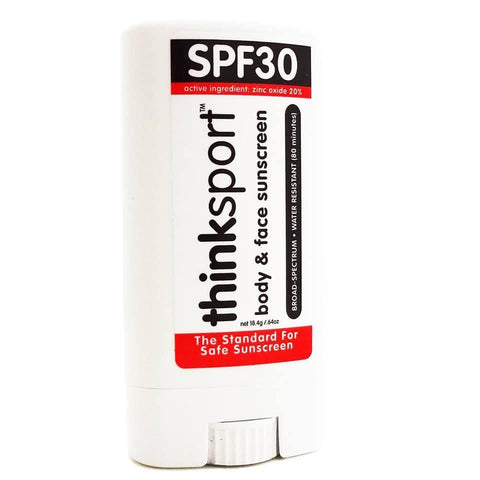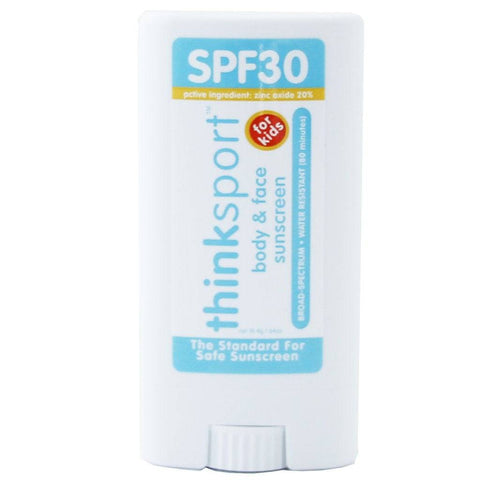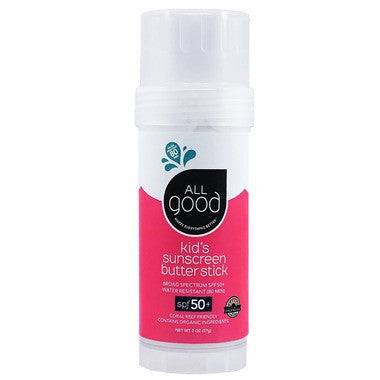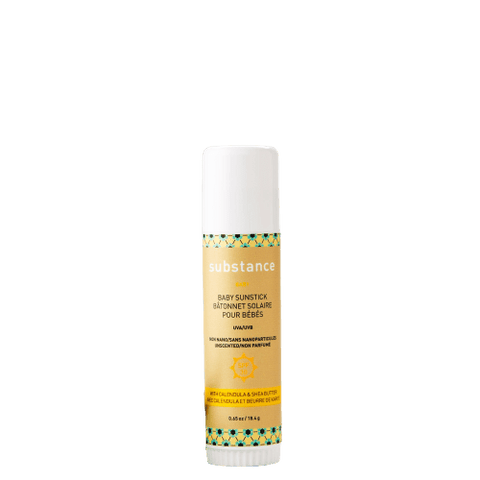Sun care sticks, also known as sunsticks, sunblock sticks, or sunscreen sticks, offer a convenient and portable way to apply sun protection. Here's what you need to know about them:
Benefits:
- Portable and easy to apply: Sticks are perfect for on-the-go sun protection and can be easily applied to targeted areas like the face, ears, and lips.
- Mess-free: No greasy fingers or lotion spills!
- Convenient for reapplication: Sticks are ideal for reapplying sunscreen throughout the day, especially during activities where lotions might be impractical.
Key considerations:
- Sun Protection Factor (SPF): Sunsticks come in various SPF levels, just like lotions and sprays. Choose an SPF of 30 or higher for broad-spectrum protection.
- Broad Spectrum: Look for a stick labeled "broad spectrum" to ensure protection against both UVA and UVB rays. UVA rays contribute to premature aging and skin cancer.
- Water-resistant: While some sunsticks are water-resistant, it's always best to reapply after swimming or sweating heavily.
Additional features:
- Non-greasy & Lightweight: Opt for a non-greasy and lightweight formula for comfortable wear on the skin.
- Fast-absorbing: Look for a fast-absorbing formula that dries quickly and doesn't leave a white cast.
- Sweat-proof & Long-lasting: For active individuals, consider sweat-proof and long-lasting sunsticks that minimize the need for frequent reapplication.
Sunstick specifics:
Sunstick formula: Similar to lotions and sprays, sunsticks can have mineral or chemical formulas. Mineral sunscreens sit on top of the skin reflecting UV rays, while chemical sunscreens absorb the rays.
Sunstick ingredients: Read the label to ensure there are no ingredients you might be allergic to.
Sunstick application: Apply the stick liberally and evenly to all exposed skin. Be sure to get areas like the ears, nose, and lips.
Sunstick reapplication: Reapply the sunstick at least every two hours, or more often if sweating or swimming.
Sunstick coverage: Sunsticks may require more attention to ensure even coverage compared to lotions. Pay close attention to areas like the hairline and around the eyes.
Sunstick efficacy: The efficacy of a sunstick depends on the SPF level, application method, and how often it's reapplied.
Sunstick application frequency: Reapplication frequency depends on the SPF and your sun exposure.
Sunstick SPF level: Choose an SPF of 30 or higher for adequate protection.
Sunstick brand: Many reputable brands offer sun care sticks. Consider factors like price, ingredients, and SPF level when choosing a brand.
Sunstick packaging: Sticks come in various sizes and packaging options. Choose one that's convenient for you to carry and use.
Sunstick scent: Some sunsticks are scented, while others are unscented. Choose a scent you find pleasant.
Sunstick texture & consistency: Sunsticks can vary in texture and consistency. Some are firmer and glide easily, while others may be softer and require more pressure for application. Choose a texture you find comfortable to use.
Sunstick residue: Look for a non-greasy formula that leaves minimal residue on the skin.
By considering these factors, you can choose a sun care stick that provides convenient and effective sun protection for your active lifestyle.













